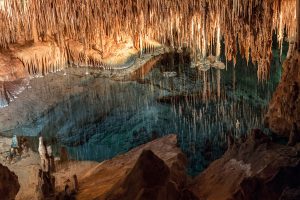Search
In this new Science Space, we visit the Cavanilles Institute of Biodiversity and Evolutionary Biology, where Pau Carazo studies the evolution of behaviour and sexual selection.
In his films, Miyazaki notes that the boundless confidence in progress and growth inherent in modern thinking and state dynamics leads directly to catastrophe.
There is a great diversity of organisms that have adapted to live among us. Not only arthropods, but also vertebrates such as geckos, bats, owls and, in some highly urbanised countries, even foxes, deer, and bears.
The correlations between art and nature have been independent of the contextualising filter of human cultural history and corresponding scientific developments.
The Pre-Raphaelite Brotherhood and the Arts & Crafts movement sought in nature and medieval legends the authenticity they considered lost.
Although humans' irresponsible and indiscriminate use of the natural environment could be one of the causes behind the recent coronavirus crisis, bats have been targeted for their role as natural reservoirs of zoonotic pathogens.
The life and work of the naturalist Alexander von Humboldt continues to fascinate, even today. His figure concentrates and synthesises the movements, ideas, and even the great contradictions of the time of profound change that was nineteenth-century Europe.
Nature’s complexity goes beyond human imagination. The discovery and exploitation of biodiversity has undoubtedly helped us to reach a certain level of understanding of the natural world. Even though all essential ecological processes of the biosphere are determined and regulated by microorganism activity, for most








